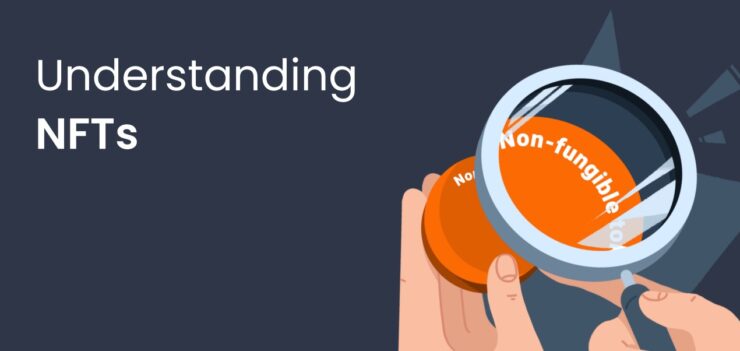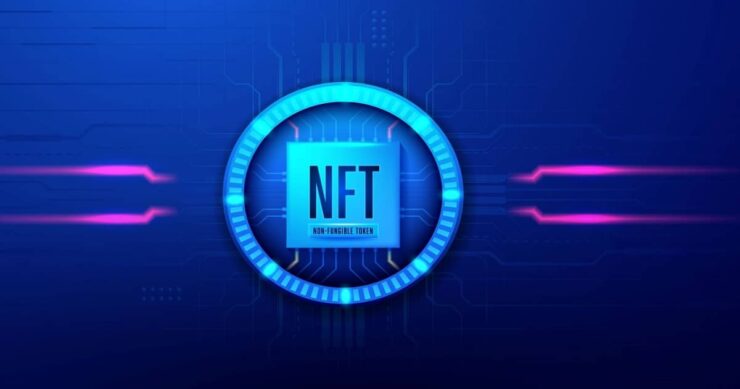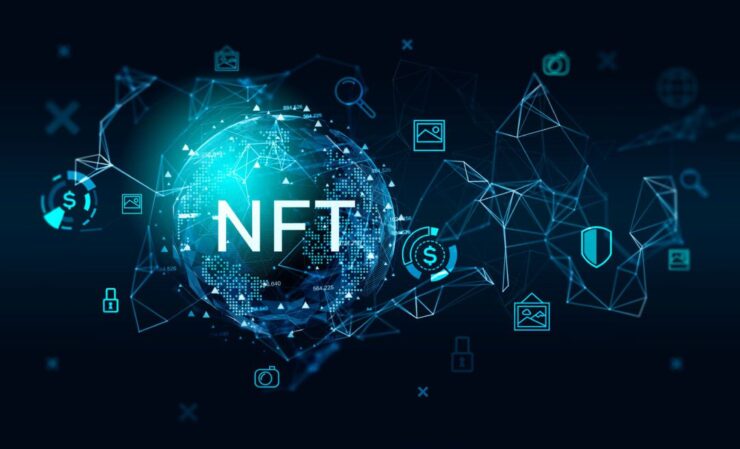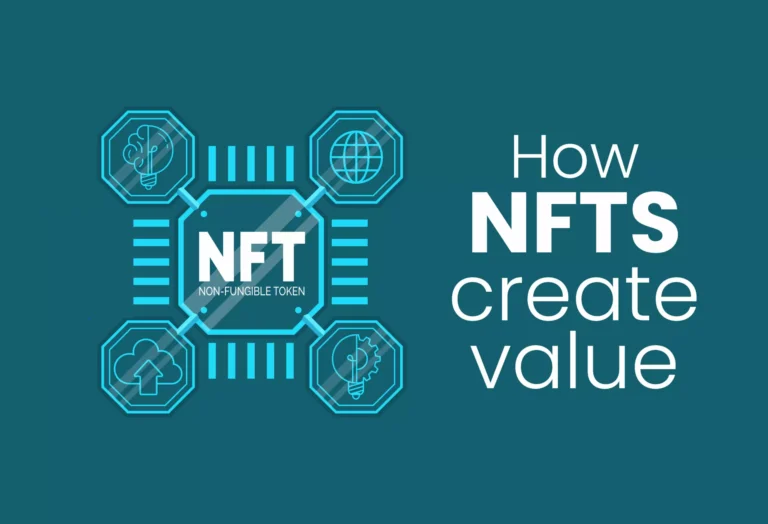The crypto community is responsible for another trend that swept up the mainstream media – NFTs and their skyrocketing value. Even though most regular online users have a rough idea of what this is, many are just aware that it has become, in less than five years (those were initially launched in 2015), a valuable aspect of the crypto market.
For many online users, the right NFT can be worth a fortune; for example, if you have purchased a CryptoPunks 7804 back in the day, you will be sitting on a fortune worth around $7.57 million. The money-making potential of the NFT market is a huge reason for its fast growth, but beyond that, as a tech innovation could potentially transform multiple sectors, including finance, music, fine art collection, and real estate.
But, again, the real reason why NFTs gained traction is the opportunities for high ROI. In fact, the global market was valued at $15.70 billion in 2024, and it is expected that its value to reach $122.43 billion by 2028. Below, we will explore the main factors that boosted the growth of NFTs.
Understanding NFTs

IT is a non-fungible token designed to authenticate the ownership of certain assets. It was created essentially as a digital signature that proves that an artwork that you have bought is genuine and it belongs to you.
This is why NFTs can be issued for objects in the real world and facilitate sales of real estate. They’ve even been used to facilitate house sales, for example, but apart from that, they are currently mainly used for digital objects, GIFs, stickers, videos, art, and songs.
NFTs are recorded on blockchain networks (Ethereum’s blockchain network), and as innovative digital assets, it is not possible to exchange them with other blockchain-based assets. This is actually the primary difference between cryptocurrencies and NFTs, but, at the same time, these and cryptocurrencies share one commonality.
They are available on a distributed marketplace, which means that they are bought and sold on different NFT trading platforms. There isn’t any regulatory body that impacts the supply or restricts the supply of NFTs; actually, the value of it is fully impacted by the relationship between market demand and supply.
In other words, the market is quite volatile, and if you decide to stand behind certain NFT projects, you definitely need to do your research and learn as much as you can before you make your purchase. The same applies to NFT trading platforms. It’s advisable to do your due diligence and create an account on reputable trading sites and find the best one to buy online as suggested by tradingplatforms.com.
To buy or sell NFTs, you need to first create an account with a cryptocurrency exchange that supports them. Once you have an account on the exchange, you can buy or sell NFTs using conventional fiat currencies (such as USD) or other cryptocurrencies (such as bitcoin).
On NFT marketplaces, you are able to invest in NFTs, and also many platforms have the option to safely store yours. In addition to Ethereum, there are other blockchain networks that support their development, like Solana, and Flow. In some blockchain networks, you are even allowed to create your own NFTs, so needless to say, there are plenty of opportunities online to find the trading sites that align with your goals.
Unlike traditional financial products, which require centralised processing centres and can be difficult to scale up, NFTs operate smoothly on a decentralised network thanks to their reliance on blockchain technology. This means they can be used by a wide range of businesses and users without compromising security or reliability.
NFT Value and Marketplace

Since NFTs are sold on a decentralized marketplace, there is a direct connection between the buyers and the sellers. So, you can quickly act and purchase an NFT at the right time. The main advantage of being an owner is that the price of their NFT can surge in the future. For instance, the artist Mike “Beeple” Winkelmann sold the ‘Everyday: The First 5000 Days’ college for $69.3 million. Another very successful sale was the first NFT by Ross Ulbricht sold for $6.12 million.
The main factor behind the fast growth of NFTs is their scarcity. Since each one is unique, it creates an intrinsic value of the NFTs, while the demand for an NFT follows the perceived scarcity. As we know, when the demand exceeds the supply, the price of that asset increases. They are in such a position that each is one-of-a-kind, like a unique song, article, tweet, or video game.
The second factor is the utility of NFT projects. They are used for the tokenization of virtual objects, game assets, as well as objects in the real world, and other securities. So, its value is also impacted by its main purpose and another factor, social proof.
When artists and buyers express their support for certain NFT projects, the social proof boosts the demand for it because investors feel there is great demand for NFTS which will result in a higher price in the future.
So, social media buzz can have a positive impact on certain NFTs, and in the world of Twitter and Instagram influencers, that is actually not a rare occurrence. For instance, when Elon Musk , a well-established influencer in the crypto space, decided to sell one of his Tweets on March 15, 2024, the price of the NFT spiked to $1.1 million in just one day.
Conclusion

If you’re still not sure what an NFT is or why it matters, this article has answered all of your questions and provided you with a comprehensive understanding of the value that these unique cryptocurrencies hold. As the world moves steadily closer to a digital world, it’s important to be prepared and invest in assets that will be valuable in the future. Cryptocurrencies like Bitcoin and Ethereum are just one example of an asset class that will be worth more in the future — so if you haven’t invested yet, now might be a good time to start!







